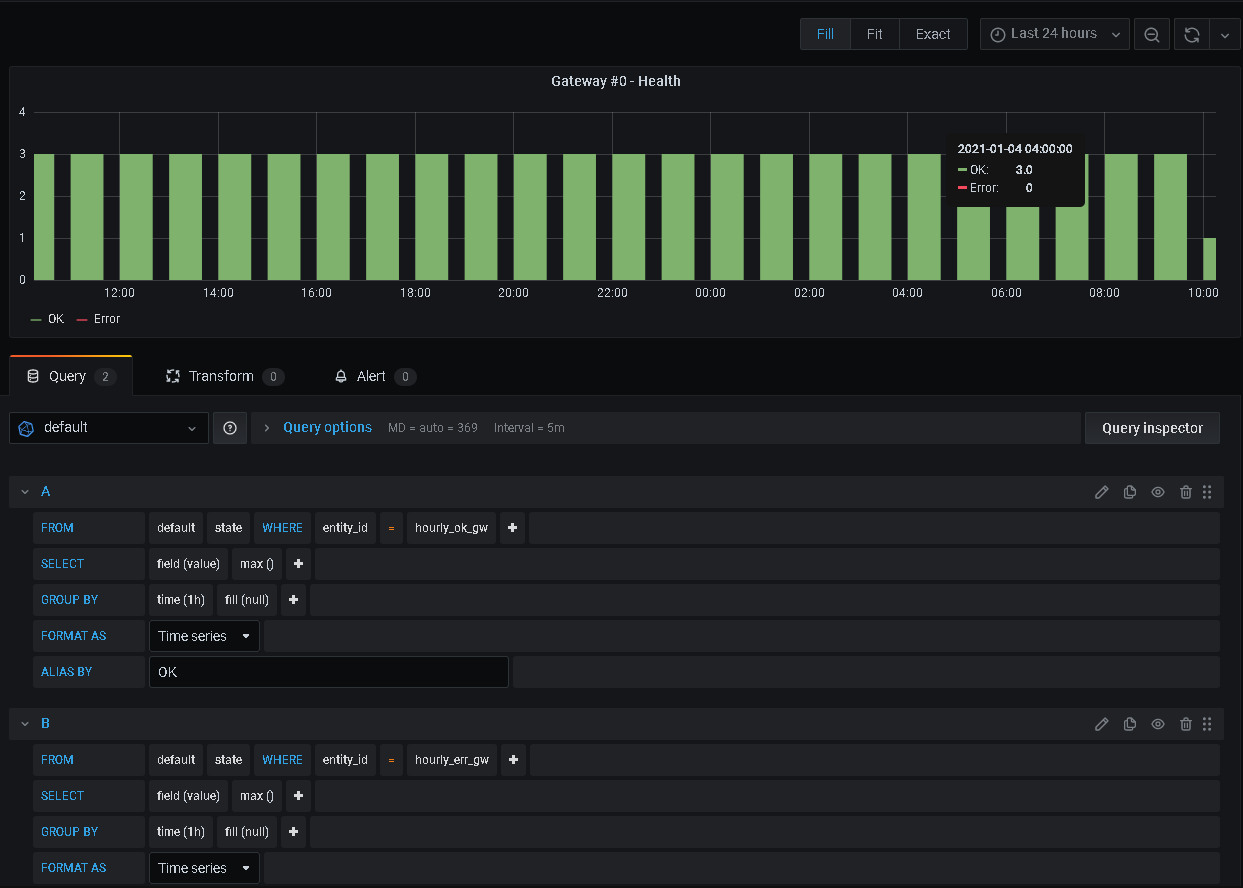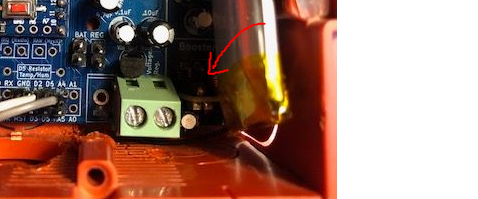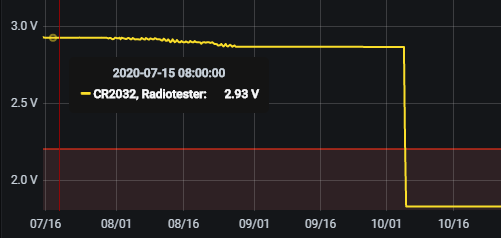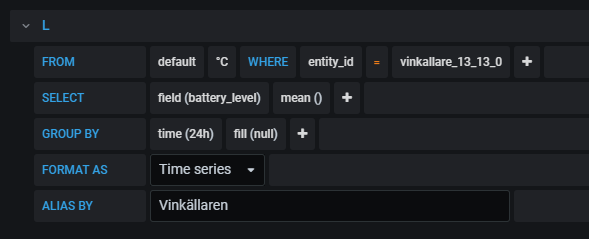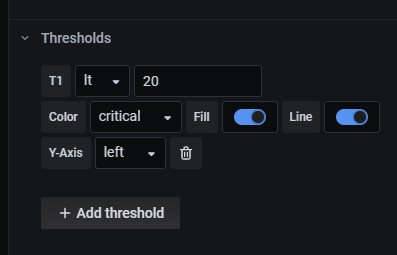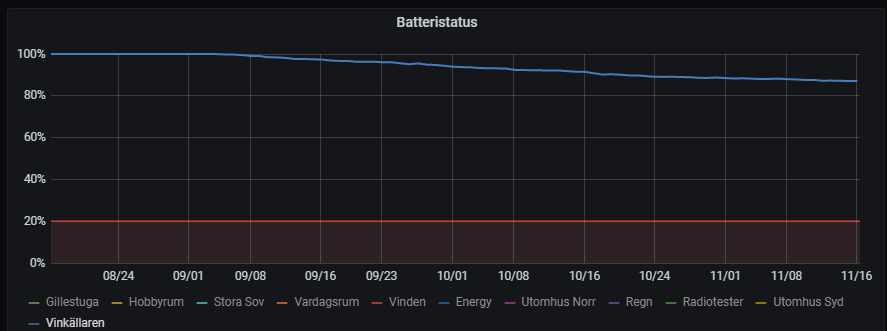@evb - yes, that is correct, here is a complete sketch with a GW (Nrf24 - ethernet)
// Enable debug prints to serial monitor
#define MY_DEBUG
// Enable and select radio type attached
#define MY_RADIO_NRF24
#define MY_RF24_PA_LEVEL RF24_PA_MAX
// Enable gateway ethernet module type
#define MY_GATEWAY_W5100
// Enable Soft SPI for NRF radio (note different radio wiring is required)
// The W5100 ethernet module seems to have a hard time co-operate with
// radio on the same spi bus.
#if !defined(MY_W5100_SPI_EN) && !defined(ARDUINO_ARCH_SAMD)
#define MY_SOFTSPI
#define MY_SOFT_SPI_SCK_PIN 14
#define MY_SOFT_SPI_MISO_PIN 16
#define MY_SOFT_SPI_MOSI_PIN 15
#endif
// When W5100 is connected we have to move CE/CSN pins for NRF radio
#ifndef MY_RF24_CE_PIN
#define MY_RF24_CE_PIN 5
#endif
#ifndef MY_RF24_CS_PIN
#define MY_RF24_CS_PIN 6
#endif
#define MY_IP_ADDRESS 192,168,1,8 // If this is disabled, DHCP is used to retrieve address
// Renewal period if using DHCP
//#define MY_IP_RENEWAL_INTERVAL 60000
// The port to keep open on node server mode / or port to contact in client mode
#define MY_PORT 5003
// Controller ip address. Enables client mode (default is "server" mode).
// Also enable this if MY_USE_UDP is used and you want sensor data sent somewhere.
//#define MY_CONTROLLER_IP_ADDRESS 192, 168, 178, 254
// The MAC address can be anything you want but should be unique on your network.
// Newer boards have a MAC address printed on the underside of the PCB, which you can (optionally) use.
// Note that most of the Ardunio examples use "DEAD BEEF FEED" for the MAC address.
#define MY_MAC_ADDRESS 0xDE, 0xAD, 0xBE, 0xEF, 0x01, 0x08 //AF-A0-F2-15-3B-1C
// Set blinking period
#define MY_DEFAULT_LED_BLINK_PERIOD 300
// Enable inclusion mode
//#define MY_INCLUSION_MODE_FEATURE
// Enable Inclusion mode button on gateway
//#define MY_INCLUSION_BUTTON_FEATURE
// Set inclusion mode duration (in seconds)
//#define MY_INCLUSION_MODE_DURATION 60
// Digital pin used for inclusion mode button
//#define MY_INCLUSION_MODE_BUTTON_PIN 3
// Uncomment to override default HW configurations
#define MY_DEFAULT_ERR_LED_PIN 7 // Error led pin
#define MY_DEFAULT_RX_LED_PIN 9 // Receive led pin
#define MY_DEFAULT_TX_LED_PIN 8 // the PCB, on board LED
#define MY_INDICATION_HANDLER
static uint32_t txOK = 0;
static uint32_t txERR = 0;
#define REPORT_INTERVAL 300000 // Report every 5 minutes
#define CHILD_ID_TX_OK 0
#define CHILD_ID_TX_ERR 1
#include <SPI.h>
#if defined(MY_USE_UDP)
#include <EthernetUdp.h>
#endif
#include <Ethernet.h>
#include <MySensors.h>
MyMessage txOKmsg(CHILD_ID_TX_OK, V_CUSTOM);
MyMessage txERRmsg(CHILD_ID_TX_ERR, V_CUSTOM);
void indication(indication_t ind)
{
switch (ind)
{
case INDICATION_TX:
txOK++;
break;
case INDICATION_ERR_TX:
txERR++;
break;
}
}
void presentation()
{
//Send the sensor node sketch version information to the gateway
sendSketchInfo("Gateway #1", "1.0");
present(CHILD_ID_TX_OK, S_CUSTOM);
present(CHILD_ID_TX_ERR, S_CUSTOM);
}
void setup()
{
}
void loop() {
static unsigned long last_send = 0;
if (millis() - last_send > REPORT_INTERVAL) {
send(txOKmsg.set(txOK));
send(txERRmsg.set(txERR));
last_send = millis();
}
}
In Home Assistant you need to create a sensor that breaks down the incrementing number to each intervall you want.
I use a utility_meter.
utility_meter:
hourly_ok_gw:
source: sensor.gateway_1_0_0
cycle: hourly
hourly_err_gw:
source: sensor.gateway_1_0_1
cycle: hourly
This sensors will be sent to Grafana each hour just like any other sensor and you can create a graph there:
